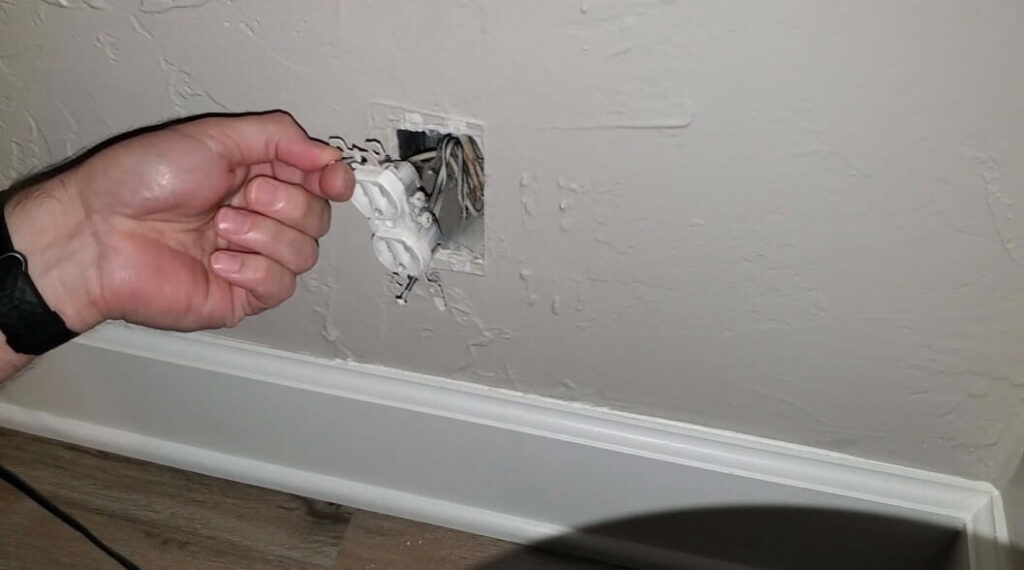Why Would an Electrical Outlet Stop Working? (Guide)
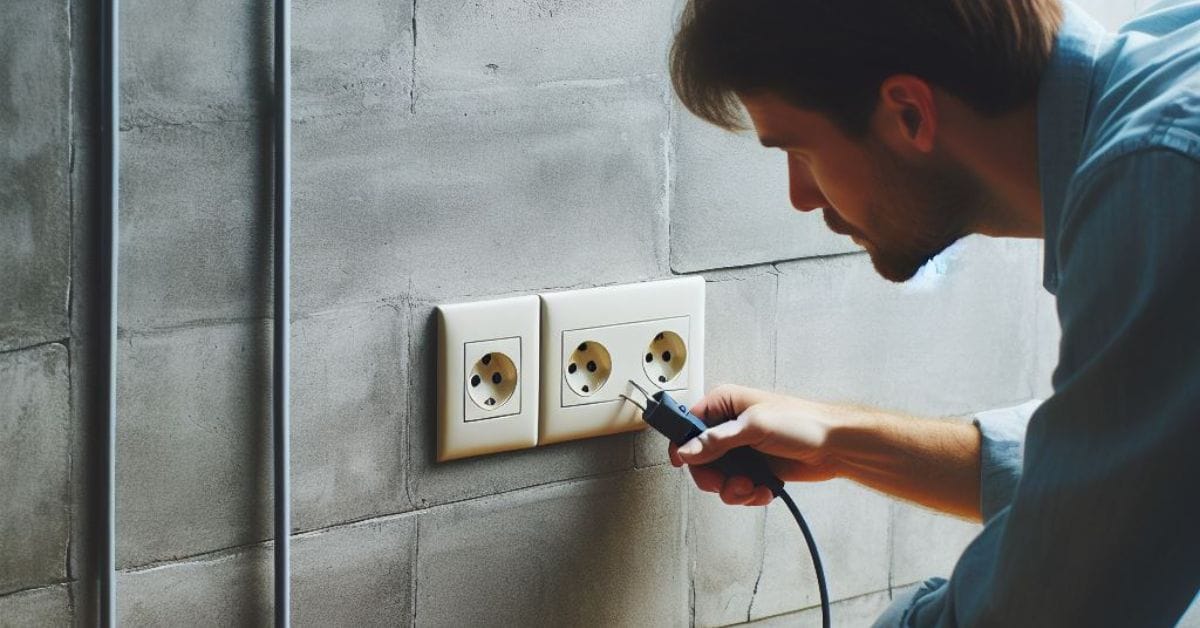
Hey everyone, let’s dive into a question that’s puzzled many of us at some point – why does an electrical outlet stop working? It’s one of those issues that can seem mysterious, but usually, there’s a straightforward explanation.
From my experience, the reasons can range from simple to complex. It could be as basic as a tripped circuit breaker or as tricky as faulty wiring. I’ve seen outlets go out because too many devices were plugged in, and I’ve also seen them fail due to old age.
This article will explore the common reasons behind this everyday mystery. Whether you’re a DIY enthusiast or just trying to figure out why your lamp won’t turn on, I’ve got you covered. Let’s get those outlets back in business!
Understanding Common Electrical Outlet Issues
Let’s talk about why electrical outlets sometimes stop working. I’ve run into this a bunch of times, and trust me, figuring out the problem isn’t as daunting as it seems.
| Cause | Description |
|---|---|
| Tripped circuit breaker | Too many devices plugged into the same outlet |
| Tripped GFCI outlet | Fault in the circuit |
| Loose wiring | Wires connecting the outlet to the electrical system become loose over time |
| Faulty outlet | Old or damaged outlet |
| Blown fuse | Older electrical systems equipped with fuses instead of circuit breakers |
| Burned-out outlet | Overloaded or faulty wiring |
| Half-hot outlet | Only half of the outlet is working, while the other half is not |
Tripped Circuit Breaker
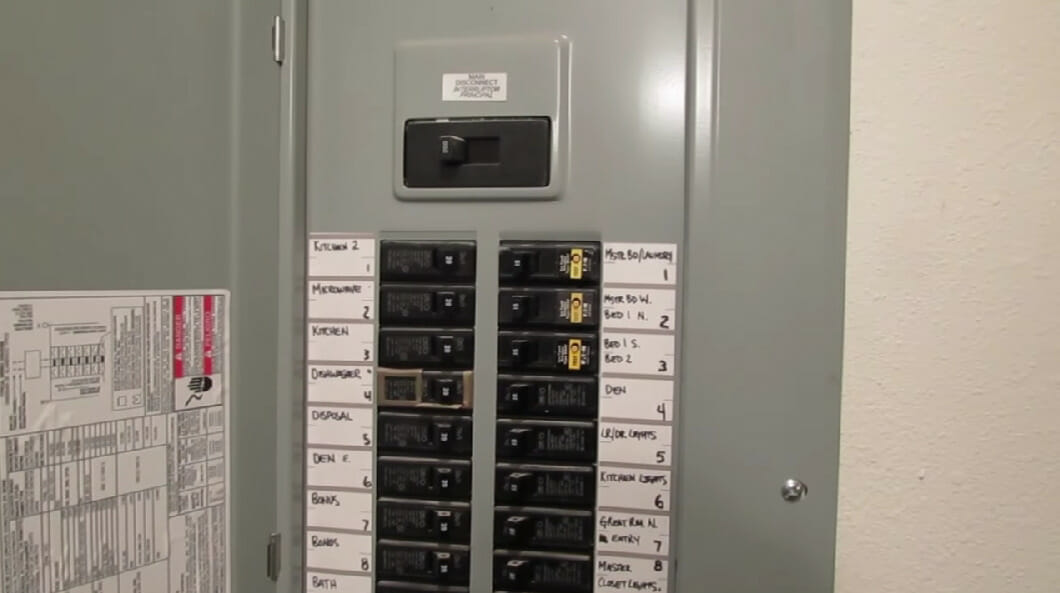
This one’s a classic. You plug too many gadgets into one outlet, which trips the circuit breaker.
This happens during my projects, especially when running multiple power tools. The fix? Head over to your circuit breaker panel, find the tripped switch, flip it back, and you’re ready.
Tripped GFCI Outlet
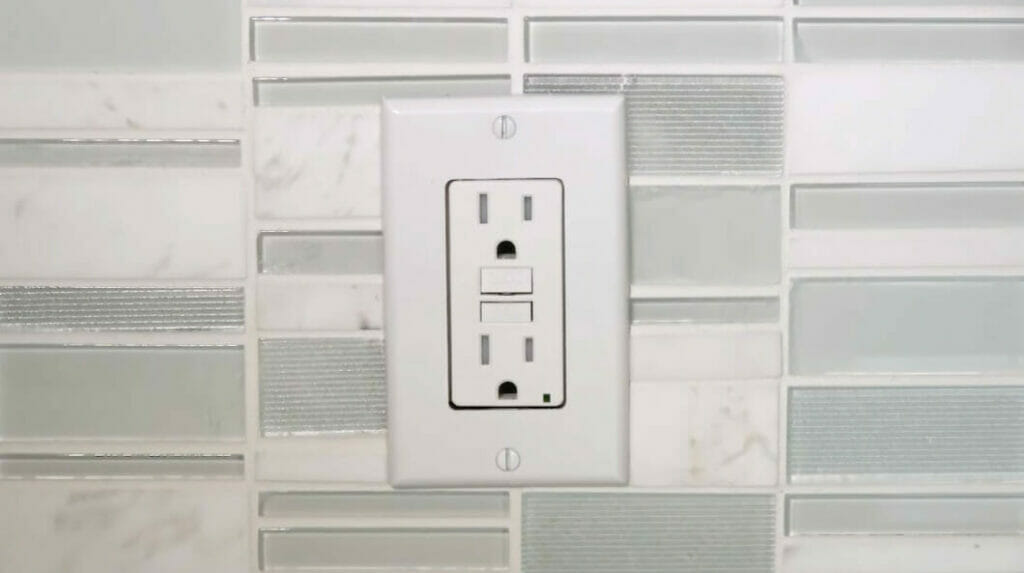
This one’s a classic. You plug too many gadgets into one outlet, which trips the circuit breaker.
This happens during my projects, especially when running multiple power tools. The fix? Head over to your circuit breaker panel, find the tripped switch, flip it back, and you’re ready.
Loose Wiring
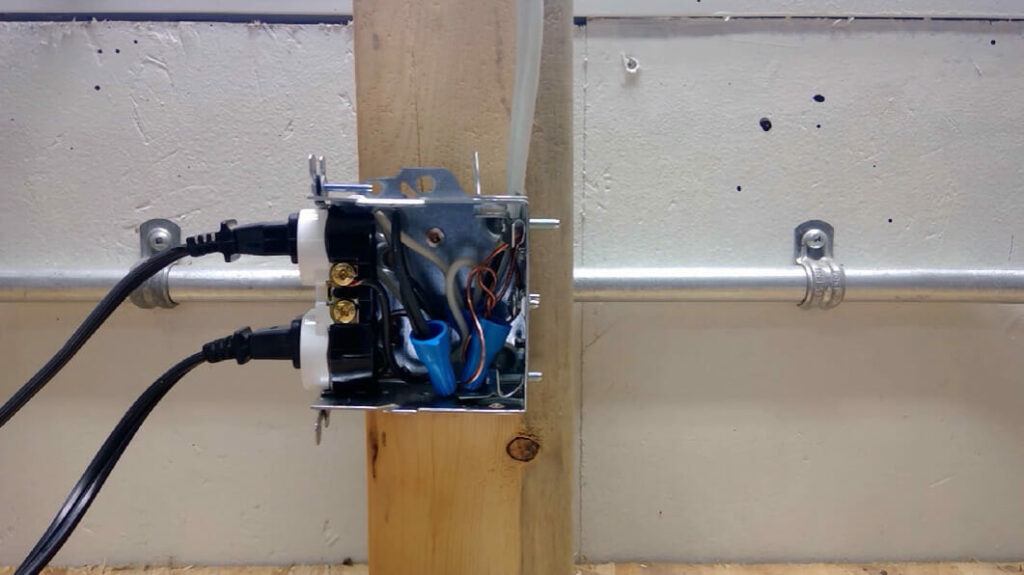
Over time, wires can loosen up. It’s something I’ve come across in older homes. If your outlet’s acting up, it might be loose wiring. Safety first – turn off the power before you take a peek inside. If you’re not comfortable with it, it’s electrician time.
Faulty Outlet
Outlets can wear out or get damaged. I’ve had to switch out a few in my time, especially in homes with a lot of wear and tear. If an outlet looks old or damaged, it might need replacing.
Blown Fuse
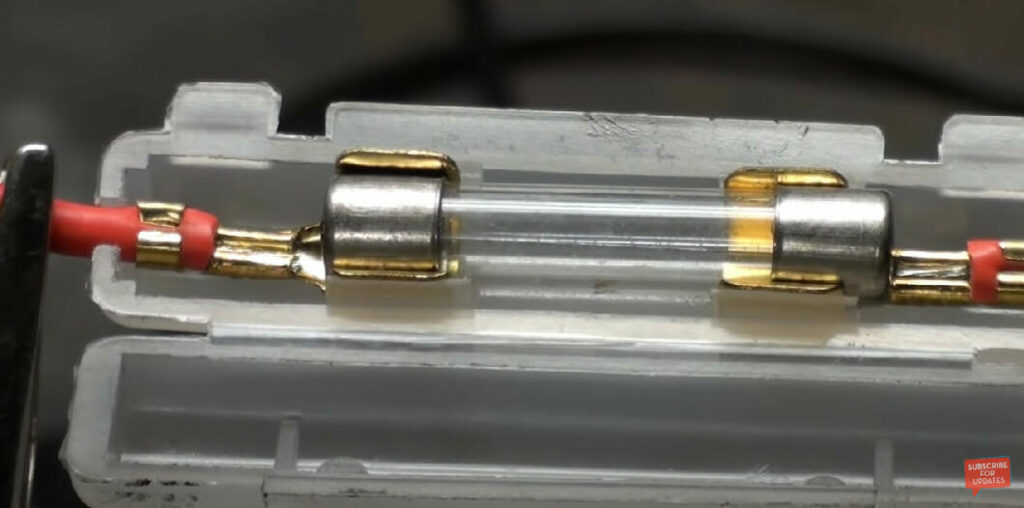
If you’re in an older house with fuses instead of circuit breakers, a blown fuse could be your culprit. Check your fuse panel – if you spot a blown fuse, replacing it might solve your problem.
Burned Out Outlets
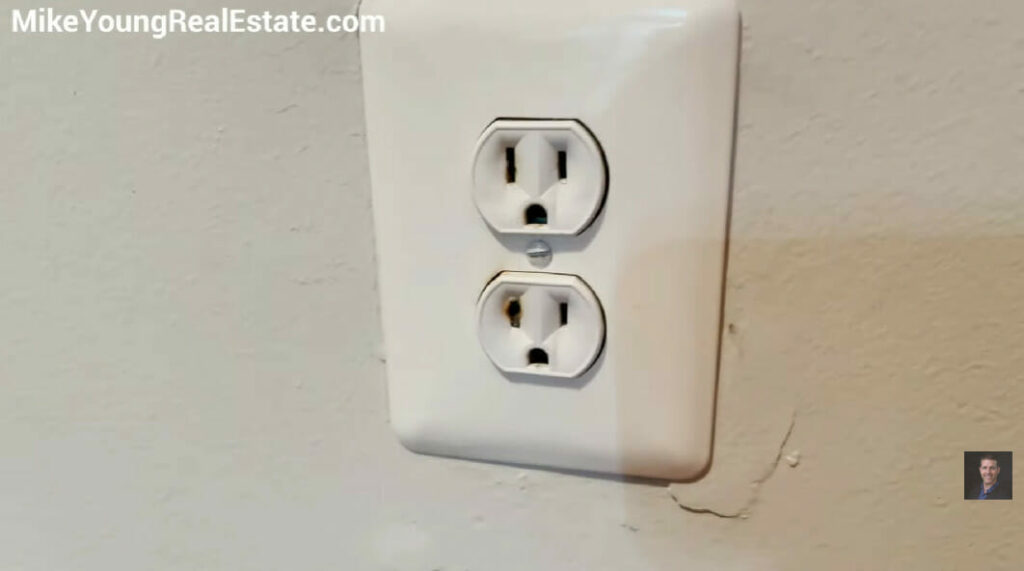
These are serious. If you spot burn marks or discolouration, don’t mess around. I once saw an outlet meltdown due to a fault. This is a job for the pros.
Half-Hot Outlet
Here’s a quirky one. Sometimes, only half of the outlet works. It’s usually due to how it’s wired to a switch. If you’re facing this, a pro might need to take a look and sort it out.
Troubleshooting Electrical Outlet Issues

Let’s get into how you can troubleshoot electrical outlets when they decide to give you the silent treatment. I’ve been there, and trust me, you can often get to the bottom of the issue with a few careful steps.
Step 1: Check Other Outlets First things first, check if it’s just one outlet or a whole section. I do this all the time on-site. If it’s more than one, you might be looking at a bigger issue, like a tripped breaker.
Step 2: Test Your Circuit Breaker. Head over to your circuit breaker panel. It’s usually in a basement or garage. Look for any switches that aren’t lined up with the rest. Flip them off and back on. This simple step has solved more problems for me than I can count.
Step 3: GFCI Reset. If your problem outlet is in the bathroom, kitchen, or garage, it might be a GFCI. Press the reset button on the outlet. If it pops back out, there’s a deeper issue. I’ve seen GFCI outlets trip for various reasons, sometimes as simple as a hairdryer causing a short.
Step 4: Inspect the Outlet. Now; if you’re comfortable with it, turn off the power at your breaker box and remove the outlet cover. Look for loose wires or signs of damage. I’ve found everything from loose screws to burnt wires just by doing this.
Step 5: Test the Outlet. With a voltage tester (always a handy tool in my belt), check if there’s power coming to the outlet. No power could mean a broken wire somewhere. If you’re unfamiliar with electrical work, this might be where you call in a pro.
Step 6: Last Resort: Call a Professional. Sometimes, the best DIY is knowing when to call in a professional. If these steps haven’t solved it, or if you’re unsure about something, it’s time to get someone who deals with this day in and day out.
Remember, safety is paramount when dealing with electricity. Never hesitate to get professional help if you’re unsure. Keep these steps handy, and you’ll be well on your way to solving the most common outlet issues. Stay safe and happy troubleshooting!
Knowing When to Call an Electrician for Outlet Issues

Let’s discuss when to put down the DIY tools and call in a pro for your electrical outlet issues. Through my years on the job, I’ve seen a fair share of electrical problems that need more than a quick fix.
- Dealing with Repeated Outages: If you’ve been resetting that circuit breaker or changing fuses more often than you make your morning coffee, it’s time to call an electrician. Consistent outages can signal deeper issues, like faulty wiring. I’ve seen homes where this was just the tip of the iceberg, so don’t wait.
- When You Smell Burning or See Smoke: This one’s a no-brainer. If you get a whiff of something burning or see smoke coming from an outlet, cut the power and make that call. This could mean an electrical fire is starting. I’ve been on sites where quick action on smells and smoke prevented major disasters.
- Visible Damage or Sparks: if your outlet looks like it’s been through a battle, with cracks and charring, or throwing off sparks, that’s your cue to get professional help. It’s not just about fixing an outlet at this point; it’s about ensuring your safety. Sparks and damaged outlets can lead to serious hazards – I’ve seen enough home renovation mishaps to know this is no joke.
In short, while many outlet issues are manageable with some DIY, there are times when you need to call in the experts. Electrical safety is paramount; some situations are best left to those trained to handle them. Remember, better safe than sorry!
Electrical Outlet Maintenance Tips
Let’s dive into some maintenance tips to keep your electrical system in top shape and prevent those pesky outlet issues. Trust me, a little proactive care can save you a hassle.
| Maintenance Tip | Description |
|---|---|
| Routine Outlet Checks | Use an outlet tester every few months to check for wiring problems. These testers are easy to use and can prevent bigger issues. |
| Cleaning Outlets | Clean around the outlets with a dry cloth or brush to remove dust and debris. Ensure the power is off before cleaning. |
| Inspect for Wear and Tear | Regularly check if outlets are loose or if plugs don’t fit snugly. Replace them if necessary to maintain safety and efficiency. |
| Test GFCI Outlets Regularly | In moisture-prone areas like bathrooms and kitchens, regularly test GFCI outlets by pressing the test and reset buttons. |
| Professional Electrical Inspection | Have your home’s electrical system professionally inspected every few years to ensure everything is up to code. |
Remember, taking care of your home’s electrical system isn’t just about preventing inconvenience; it’s about ensuring the safety of your home and family. Keep up with these simple maintenance tips, and you’ll be in good shape. Stay safe and happy DIYing!
Frequently Asked Questions
- How Often Should I Check My Electrical Outlets?
- I recommend checking your outlets every 3 to 6 months. It’s a quick and easy process that can save you from future problems.
- Is It Safe To Clean Electrical Outlets?
- Yes, it’s safe, but always turn off the power first. A dry cloth or brush is all you need to keep them dust-free.
- When Should I Replace My Electrical Outlets?
- Replace outlets if they’re loose, plugs don’t fit snugly, or if you notice any signs of damage like cracks or burn marks.
- Can I Test GFCI Outlets Myself?
- Absolutely! Just press the test button and then the reset button. If it doesn’t trip and reset, call a professional.
- How Do I Know If My Home Needs an Electrical Inspection?
- If your home is over 25 years old, if you’re adding new large appliances, or if you’re experiencing frequent electrical issues, it’s time for an inspection.
- What’s the Best Way to Prevent Electrical Outlet Issues?
- Regular maintenance, like checking, cleaning, and ensuring your outlets are in good condition, is key. Also, don’t overload your outlets with too many devices.
References
Organizations:
- Electrical Safety Foundation International (ESFI). https://www.esfi.org/
- National Fire Protection Association (NFPA). https://www.nfpa.org/
- Institute of Electrical and Electronics Engineers (IEEE). https://www.nfpa.org/
Books:
- “Wiring a House” by Rex Cauldwell.
- “Black & Decker The Complete Guide to Wiring”
- “Electrical Safety Handbook” by John Cadick et al.
Website Resources:
- DIY Network. https://www.diynetwork.com/
- Family Handyman. https://www.familyhandyman.com/
- This Old House. https://www.thisoldhouse.com/
Video References:
StevesVids
Essex Apartment Homes
Andrew Payce
Thanos 6DOF motion sim electronics
Mike Young Real Estate

